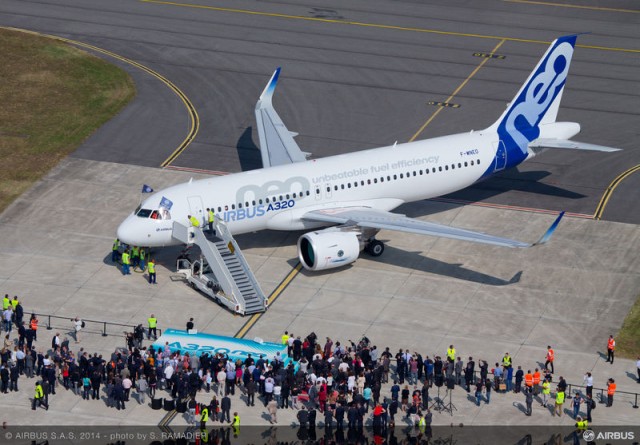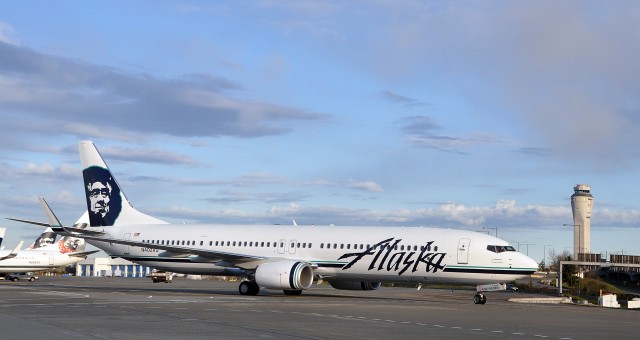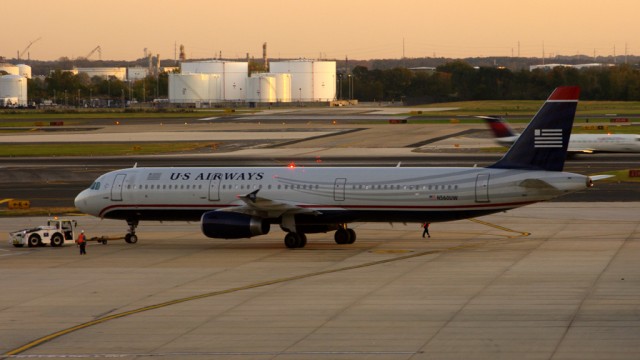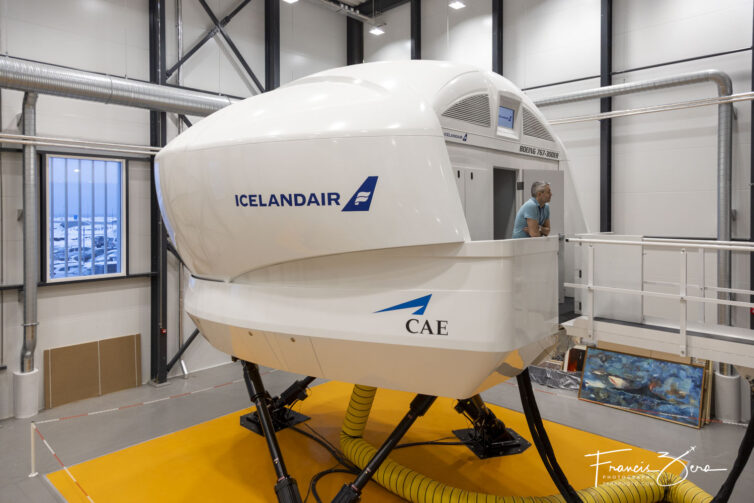
Every two years, Icelandair hosts the Midatlantic travel trade show in Reykjavik, allowing travel vendors from the regions that the airline serves to gather together and present and promote their offerings to travel buyers, travel journalists, and to network with one another.
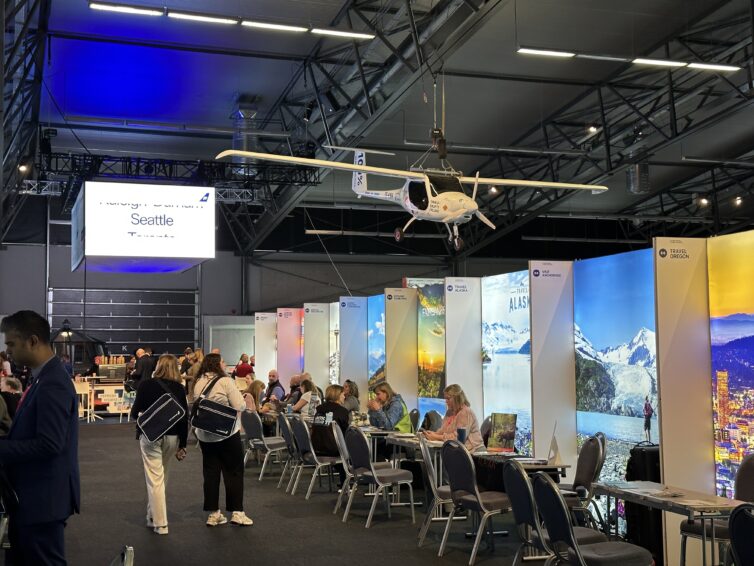
It’s always a great event, and this avgeek travel reporter always finds plenty of resources and story ideas there.
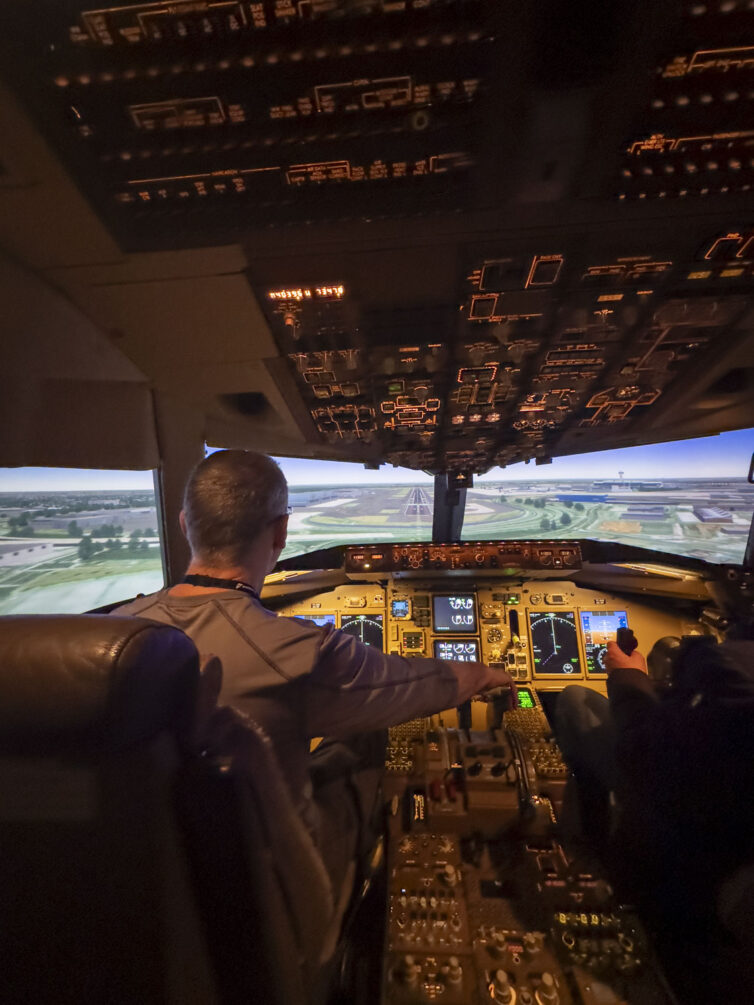
We were also provided opportunities to see some very cool behind-the-scenes stuff at Icelandair. The airline recently completed an addition to their existing training facility in Hafnarfjörður, which is located between the country’s primary airport in Keflavik and the main city, Reykvavik.
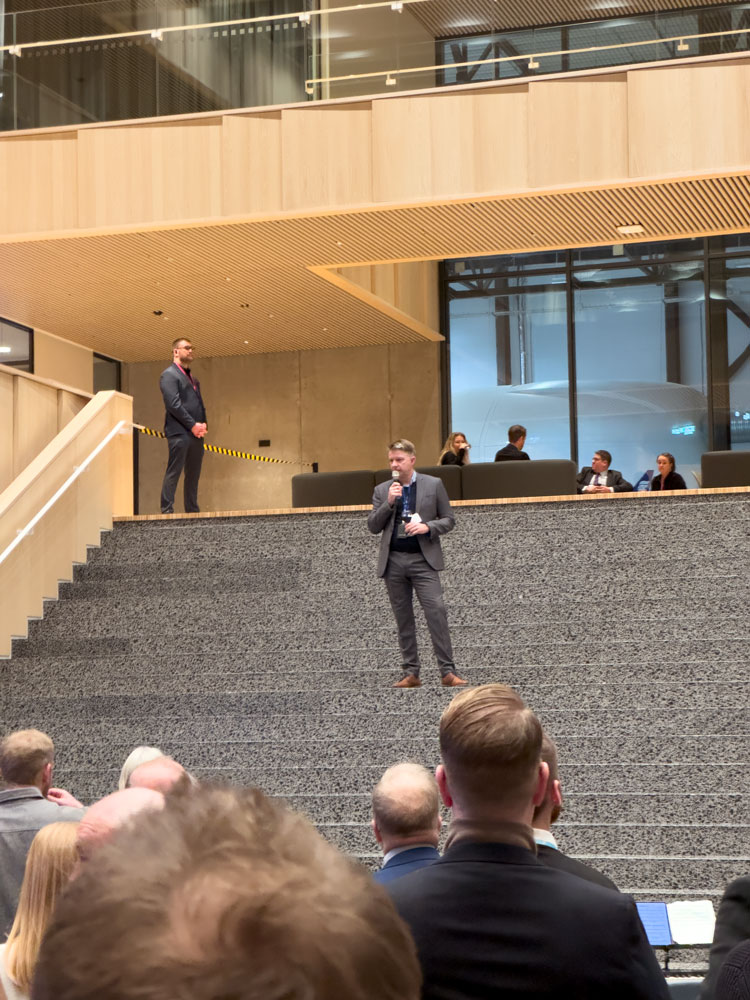
The new building is quite contemportary and very European in its architecture; it’s a lovely addition.
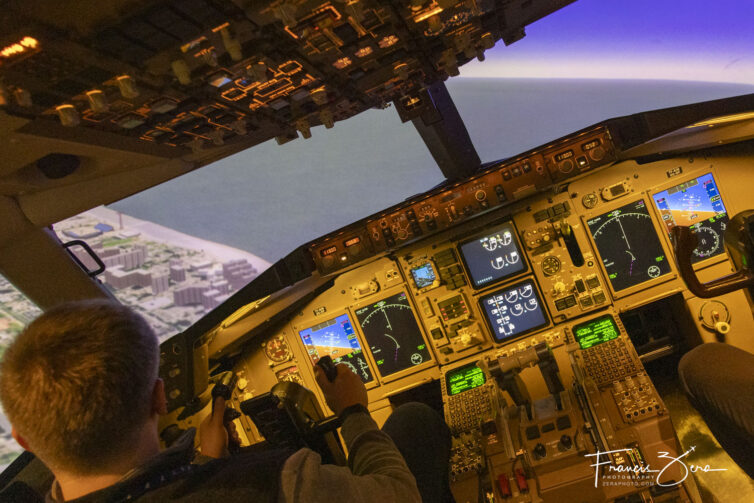
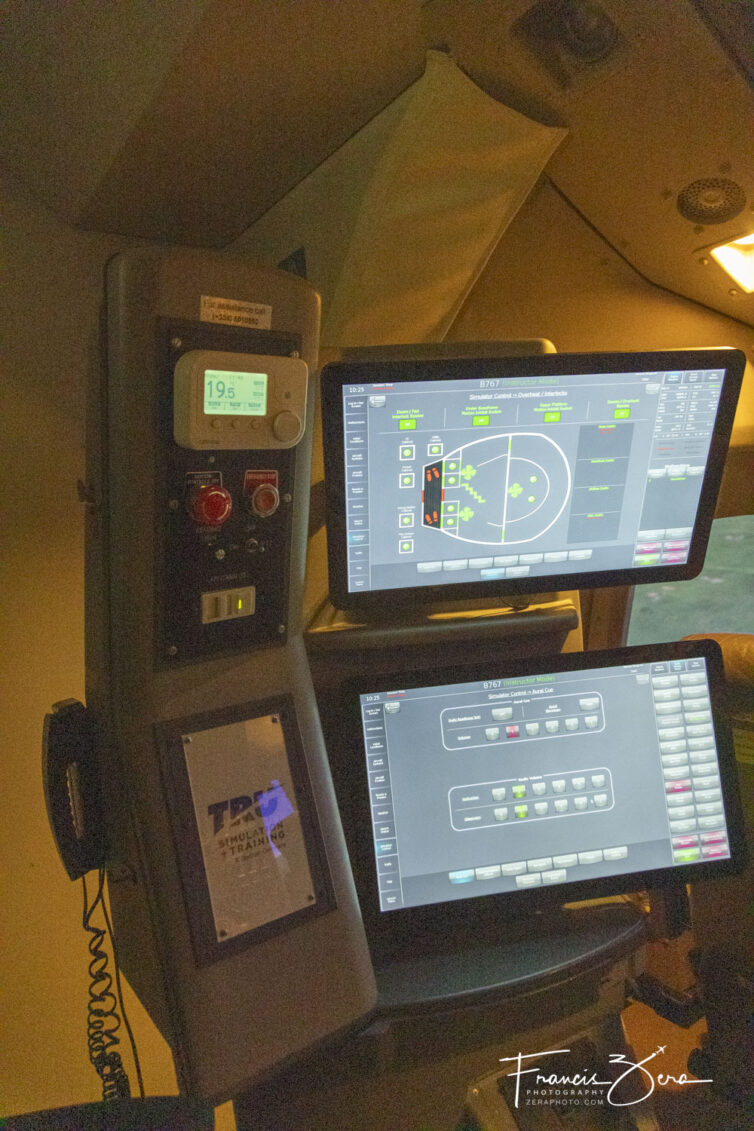
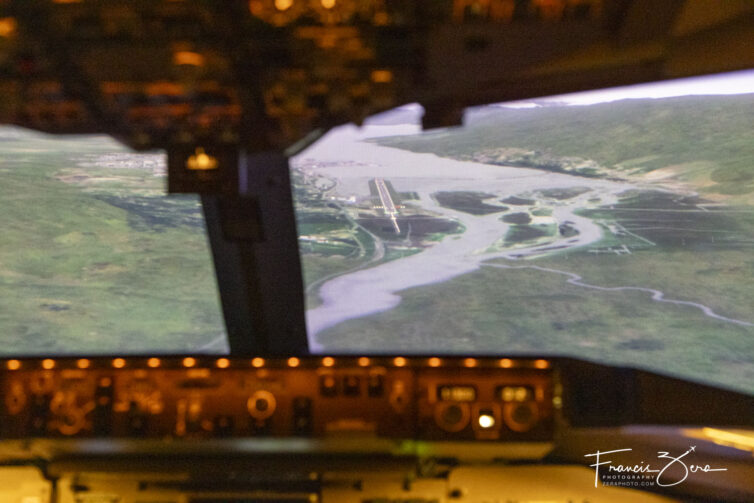
But we were there primarily to see the airplane stuff, and we weren’t disappointed. I was allowed to fly their 767-300 full-motion simulator, and the instructor programmed in a couple approaches to a tricky Icelandic airfield as well as to JFK airport in New York City. I didn’t do too badly, all things considered, especially taking into account that a 767 handles a fair bit differently than the Cessna 172s I’m used to flying back home.
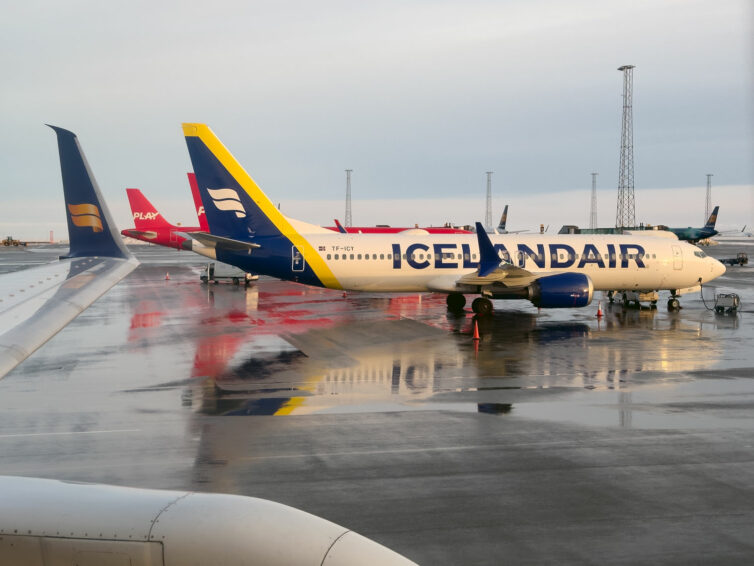
Updates on the Airbus transition
We also got to have lunch with the airline’s C-suite folks and ask whatever questions we had about the airline.
One of the most significant developments for Icelandair is the incorporation of Airbus aircraft into its fleet. Traditionally an all-Boeing airline for its international operations (they do have a half-dozen Bombardier De Havilland Canada DHC-8s for their domestic, Greenland, and Faroe Islands service), Icelandair’s decision to add Airbus planes signaled a profound shift in strategy. The airline’s management has been evaluating the Airbus’ fuel efficiency, operational range, and passenger comfort, and seem pleased with the new jets so far.
Speaking of that, you can read our review of their new A321LR here; it’s definitely a great aircraft.
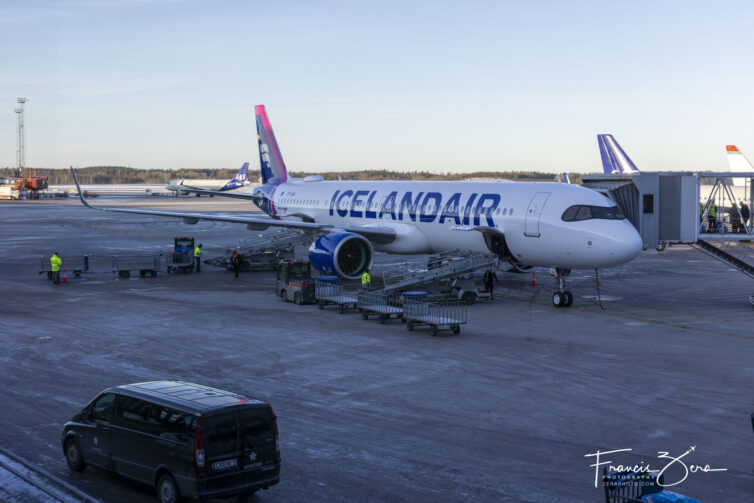
Icelandair is still heavily invested in Boeing, having 21 737 MAX, 11 757s, and three 767s in their current fleet. They currently have two A321LRs, with five more on order, as well as 13 A321XLRs on order, and it’s those jets that will eventually replace the 757s.
The airline is weighing its long-term commitment to Boeing against a potential full transition to Airbus. Factors influencing this decision include cost efficiency, aircraft performance, and overall fleet consistency. While Boeing aircraft have long been the backbone of Icelandair’s operations, the introduction of Airbus jets raises questions about a potential gradual phase-out of the 737 MAX in favor of a more uniform Airbus fleet. However, for now, Bogason said the airline is happy with the MAX fleet and remains committed to maximizing the benefits of its current Boeing aircraft, all the while keeping future fleet options open.
Greenland tourism
Asked about the potential for expanding its service to Greenland, which is poised to become a sought-after tourist destination now that the country has opened a new airport that’s better capable of handling large commercial aircraft and bigger passenger loads, Bogason offered a wait-and-see attitude.
Icelandair serves Greenland via the former Icelandair Connect routes, which it integrated into its own schedule in 2021 after the two consolidated. There are four destinations, currently served by those aforementioned three DHC-8-200 and three DHC-8-400 aircraft.
With Greenland having opened its expanded main airport at Nuuk in October 2024, which includes a new terminal building and a new 7,200-foot runway, along with both SAS and United announcing seasonal service, tourism is expected to dramatically increase for the arctic nation. Icelandair and Air Greenland are currently the only carriers providing year-round service.
“Greenland is unique. I mean, Iceland is unique, but Greenland is really, really unique. It’s a complex market at the moment, and what makes it complex is that it’s not enough to build the runway. You have to build the hotels and the necessary infrastructure,” said Bogason.
He drew comparisons between Greenland’s current infrastructure and Iceland’s of 20-plus years ago, when the country had plenty of visitors but not enough tourism infrastructure to support them.
“I mean, look, just look at the companies that are in here (in Iceland) today. I mean, think of all of the companies that need to be here to give a good experience to big volumes of passengers. So this will have to be a slow path. I think we may be getting a little bit ahead of ourselves with the big aircraft coming in from the U.S., etc, this summer into into Nuuk,” he said, explaining his caution in expanding too quickly into a market that’s not yet prepared for an onslaught of travelers.
“We’ll see how it pans out, but it’s a big shock to a very, very small market, so it’s a tricky market, I think,” he added.
Getting to be a tourist in Iceland
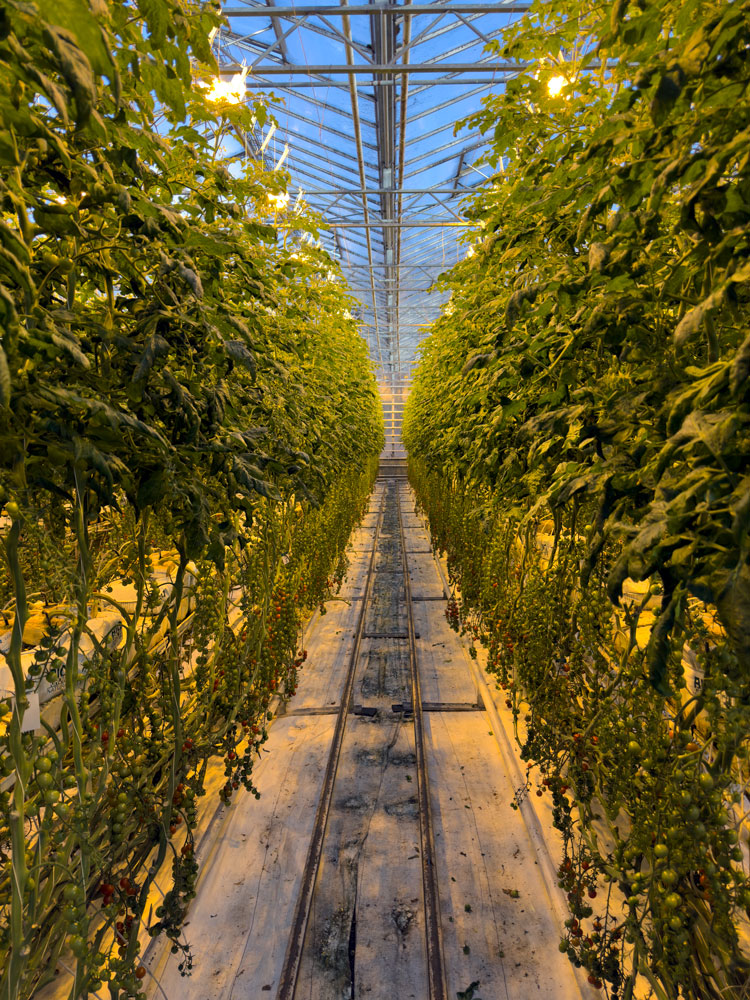

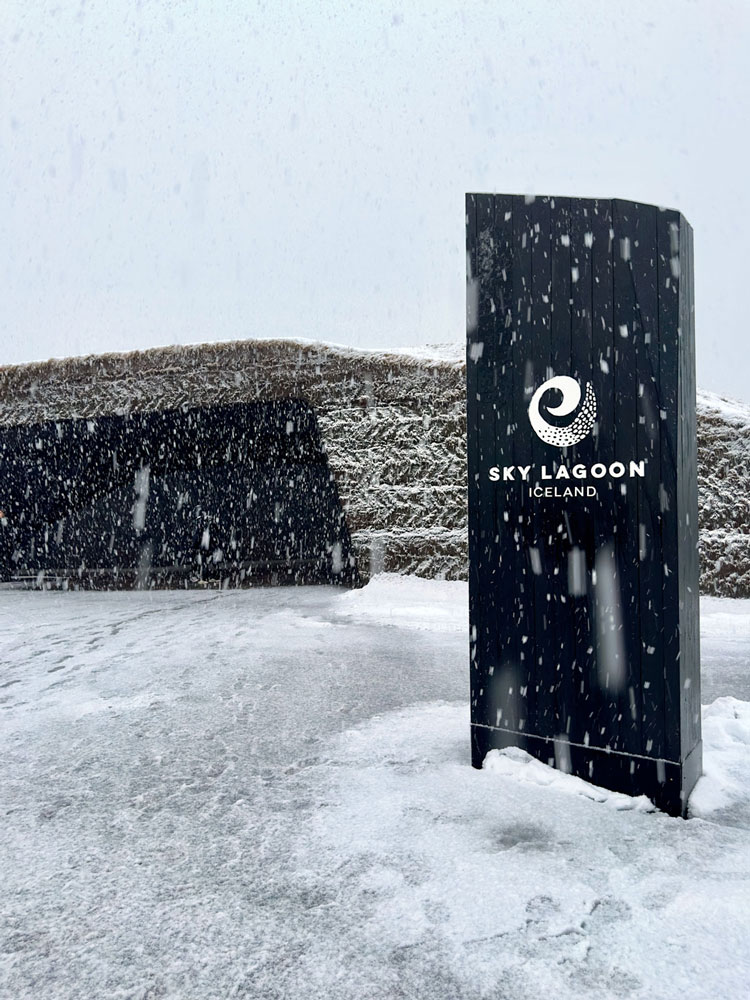

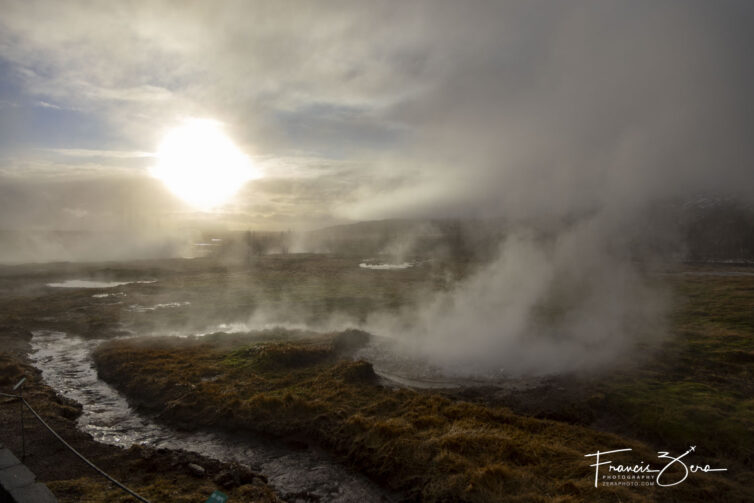
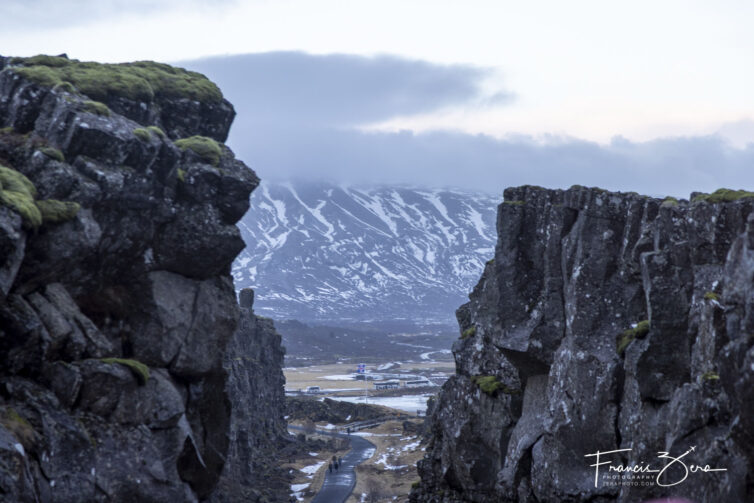
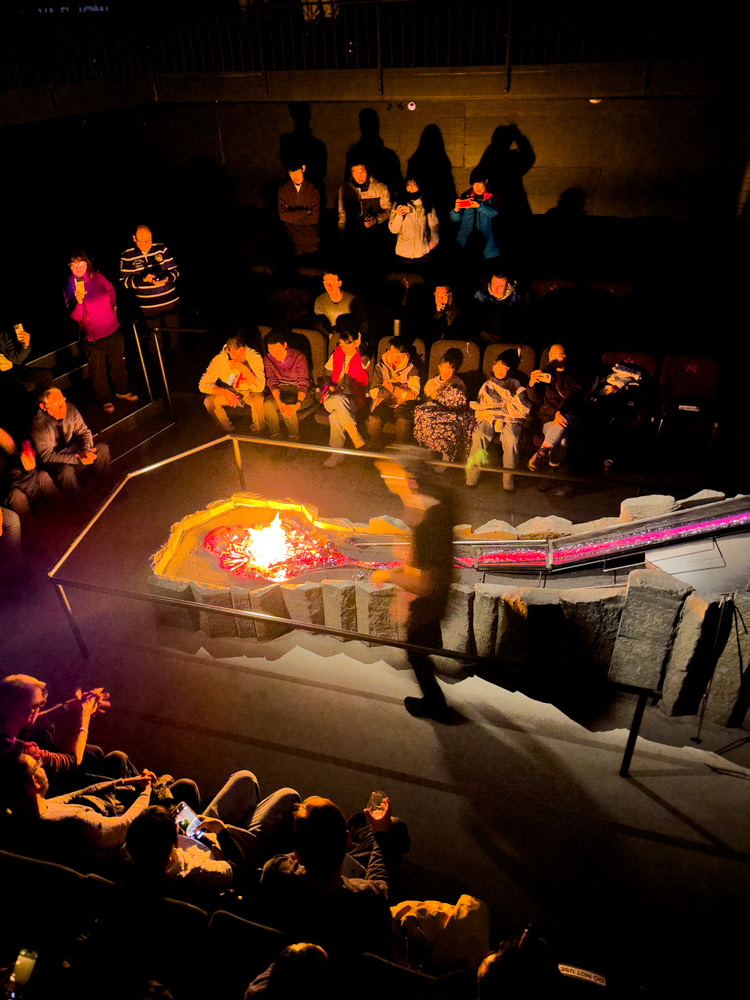

We were treated several traditional tourist stops during our visit, including the Lava Show, the only place in the world that makes lava daily for an educational experience; the relatively new Sky Lagoon hot-spring spa, along with a bus tour of the Reykjanes Peninsula, which included the Friðheimar tomato farm, the geysir, which is the namesake geyser and is the only Icelandic word adopted into the English language. We also stopped briefly at Þingvellir national park, another geologic wonder and a UNESCO World Heritage Site. It’s a rift valley where the North American and European plates are separating, slowly building new land.
Lastly, we had a most wonderful meal at Sümac Grill + Drinks in downtown Reykjavik. I’m not normally one to mention restaurants, but this place was something special, especially how gracefully they handled my oddball food allergies by actually custom-making what I’d ordered to suit – even the sauces, which are typically premade in resaurants as busy as this one. Stop in and show them some AvGeek love if you’re in town.
